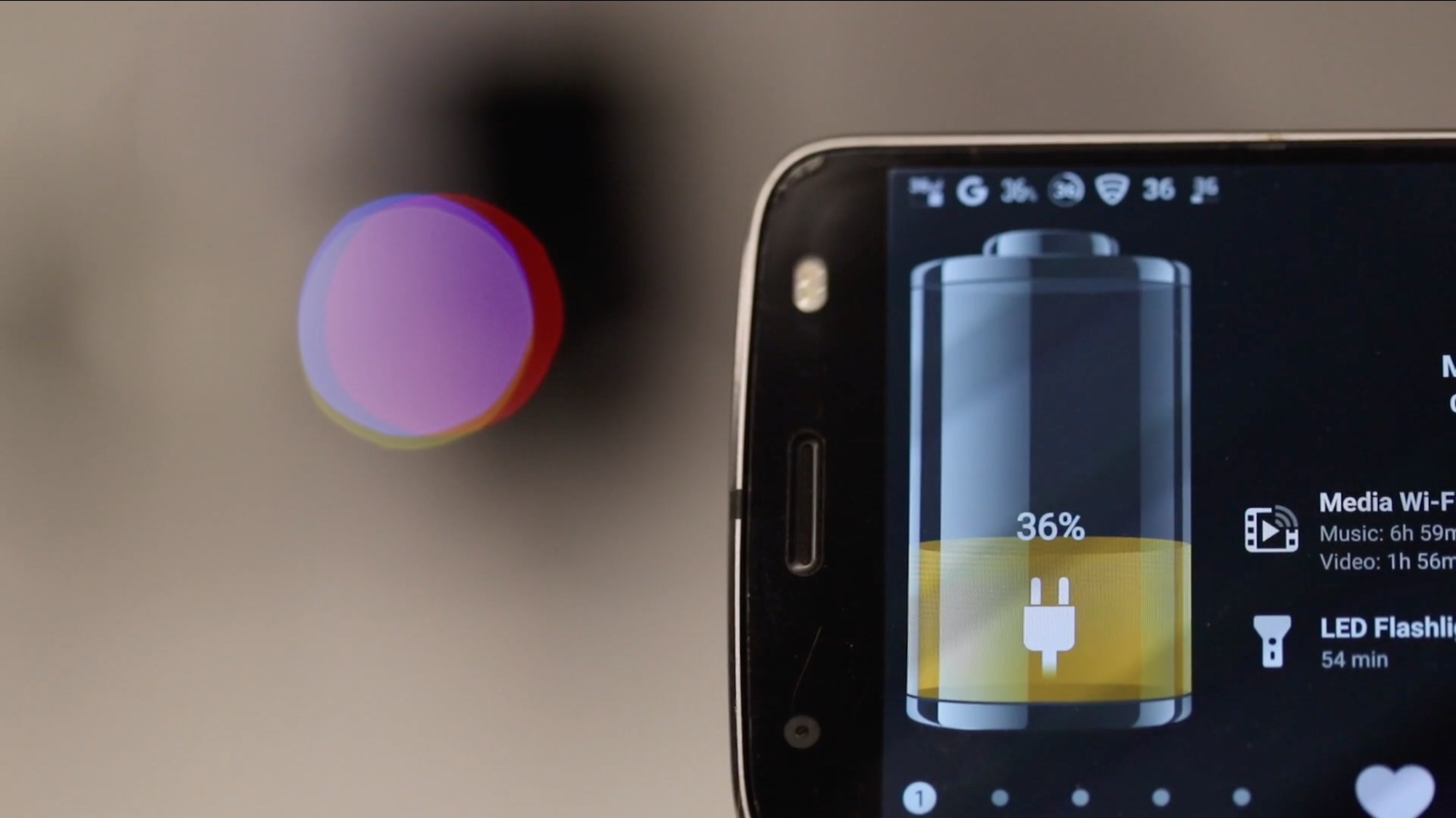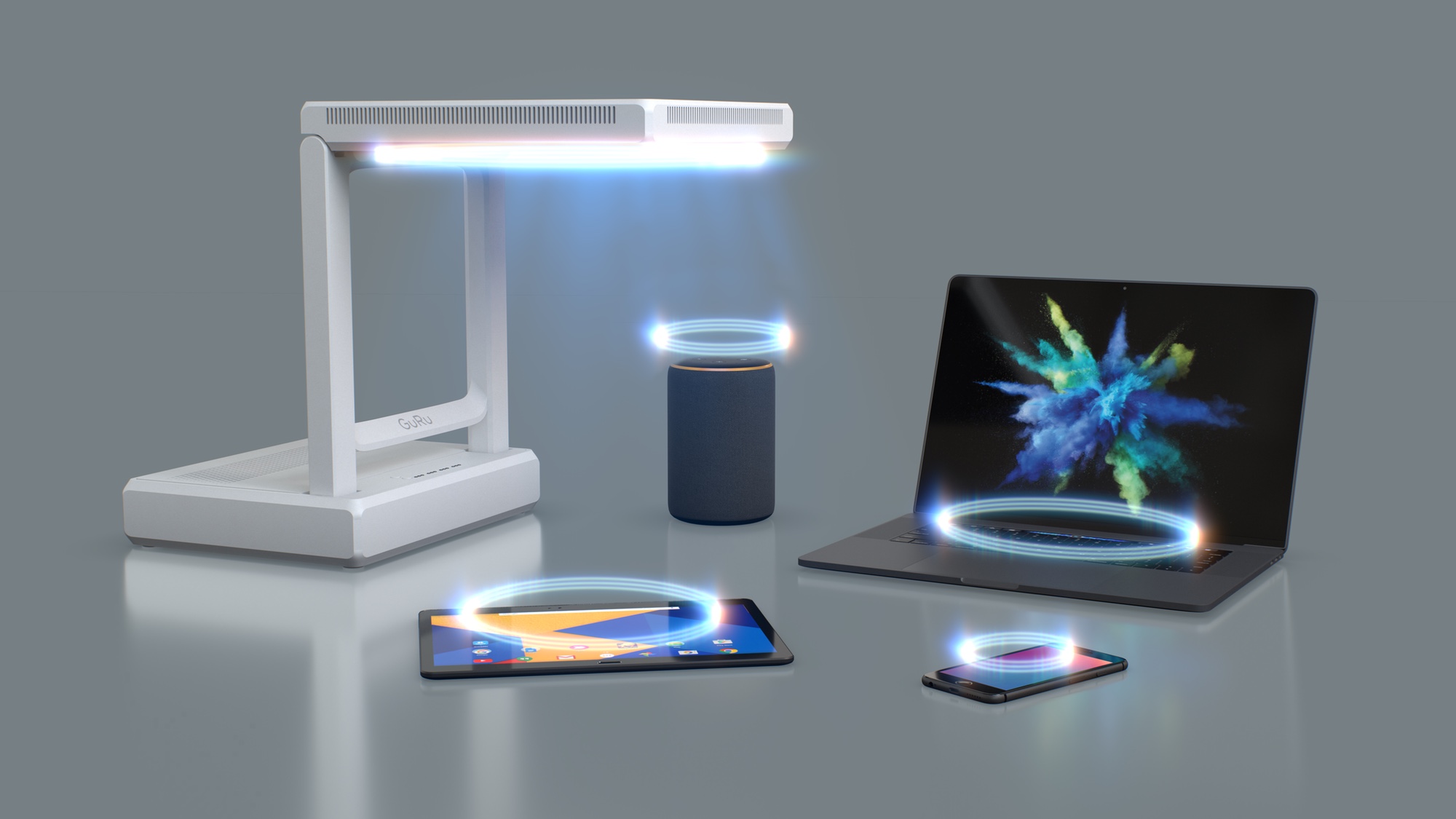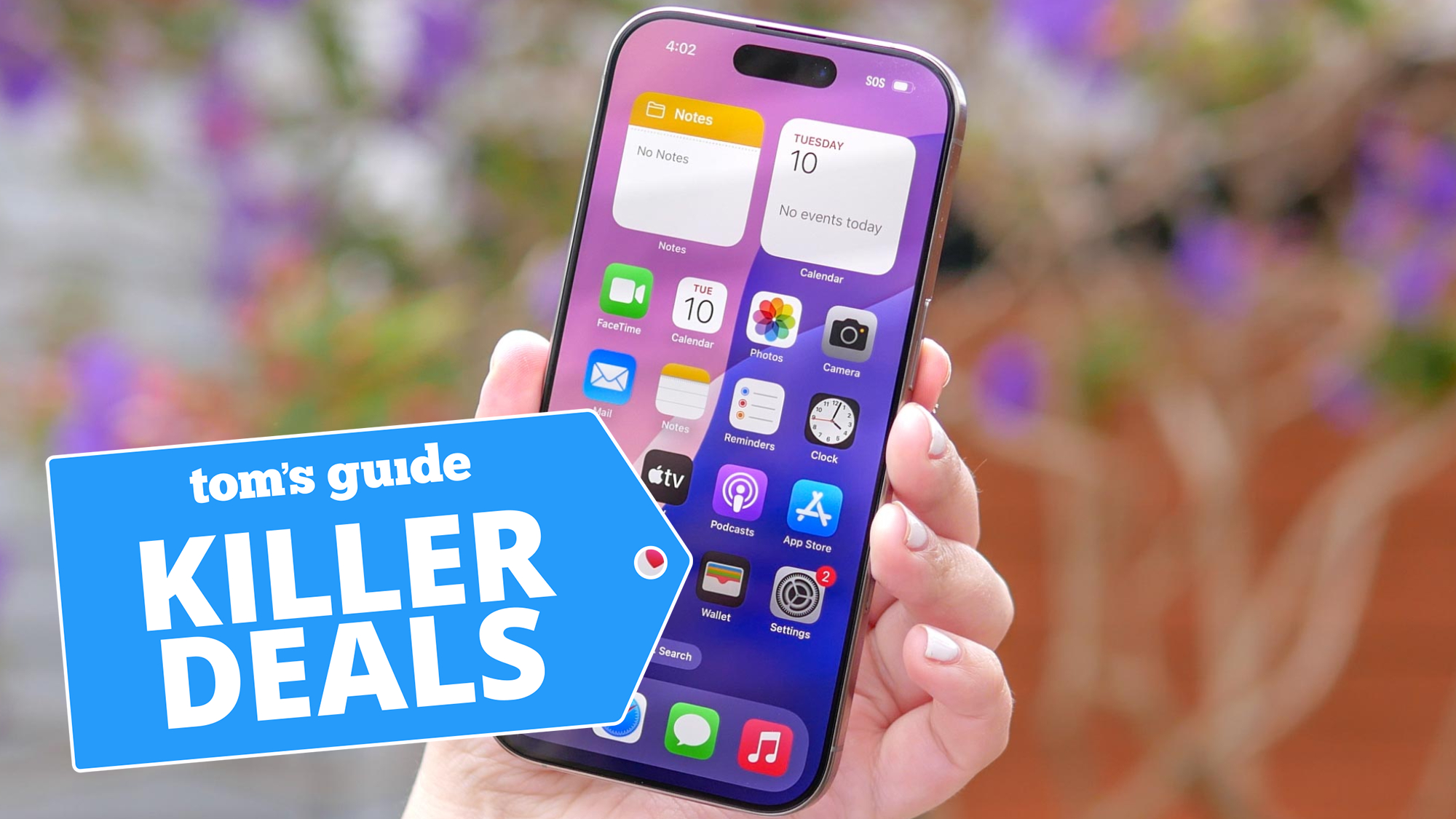Motorola claims it will have world’s first phones with over-the-air charging
By working with GuRu Wireless, Motorola wants to bring the future of charging to its smartphones

Motorola is making a name for itself with budget smartphones, but that doesn't mean high-end features won't be coming to its smartphone lineup in the future. To that end, the Lenovo-owned phone maker is teaming up with GuRu Wireless, a company specializing in truly over-the-air power delivery.
Yes, that means Motorola plans to have some of its future phones support OTA charging, in which your phone will be able to top up its battery without any wires or need for a charging pad. Motorola even vows that it will have the first phones that can charge over-the-air, though it may be a couple years before the company can make good on that claim.
- Get yourself one of the best Android phones
- Moto G Power (2021) review: An impossible phone to kill
- Plus: Motorola Edge 2 could come in four versions
The technology itself is quite interesting and we had a chance to speak with GuRu CEO Florian Bohn about it. The dream of a wireless life has captured many, but we've yet to see a system thus far live up to the hype and possibility. GuRu has endured through this wave of interest, focusing on coming up with a solution so good that Motorola chose to partner with it.
Over-the-air-charging: How it works
The wireless power solution uses mmWave technology on the 24 GHz band to deliver power to supported devices. While your current phone may contain a Qi coil for your wireless charging pad, it won't be able to accept power from GuRu's generator units. The process will require a separate module in the phone itself.

Speeds will vary depending on what kind of device is receiving the power. Bohn says that phones might get 5 to 10W of power. That seems slow, certainly by today's wired charing standards, which can reach 65W depending on the phone and charger in question. But 5 to 10W of true wireless, over-the-air charging sounds pretty incredible when you consider that you can charge your phone from anywhere in a room.
Future advancements might allow for faster speeds, but that's looking too far down the line.
GuRu's OTA charging technology seeks the best path to your device, often bouncing off walls and such. There are limitations — you can't set your phone on a metal box and still have it charge, for example.
Sign up to get the BEST of Tom's Guide direct to your inbox.
Get instant access to breaking news, the hottest reviews, great deals and helpful tips.
You might expect range to work a bit like Wi-Fi, where effectiveness decreases the further you get from the source. GuRu's Bohn explained that OTA charging uses what he calls RF Lensing. The technology is focused like a lens, extending its range beyond conventional understanding. It took me a second to wrap my head around this, but I learned that this OTA charging technology can actually be more effective the further it is from the generator unit(s).
Operating on the 24 GHz band means that there isn't likely to be any interference with the OTA power delivery. As for health considerations, Bohn says the technology is safe to humans and it's going through the regulatory process now (which includes health testing).
Over-the-air charging: When it's coming
In short, we're approaching a truly wireless future. GuRu is understandably excited about its technology and it thinks we'll see this as widespread as Wi-Fi sometime further down the road.
But what about Motorola? We don't know too much about the company's plans beyond that its partnering with GuRu to implement this technology in future devices. We also don't have an official timeline, though we could see a Motorola phone with a GuRu module installed in the next couple of years. Remember that smartphone design takes a longer time than you might think and this is a new technology.

Jordan is the Phones Editor for Tom's Guide, covering all things phone-related. He's written about phones for over six years and plans to continue for a long while to come. He loves nothing more than relaxing in his home with a book, game, or his latest personal writing project. Jordan likes finding new things to dive into, from books and games to new mechanical keyboard switches and fun keycap sets. Outside of work, you can find him poring over open-source software and his studies.
